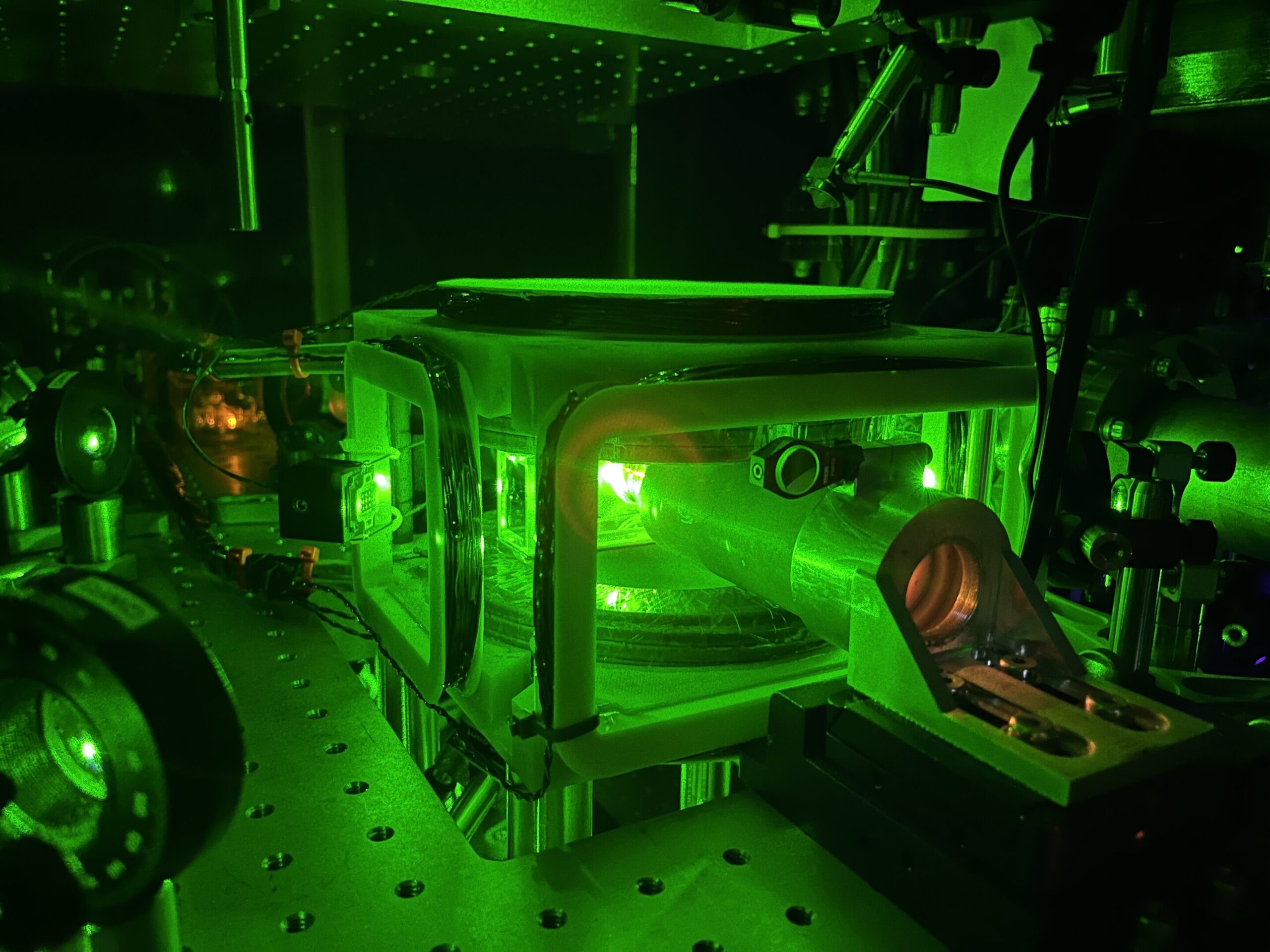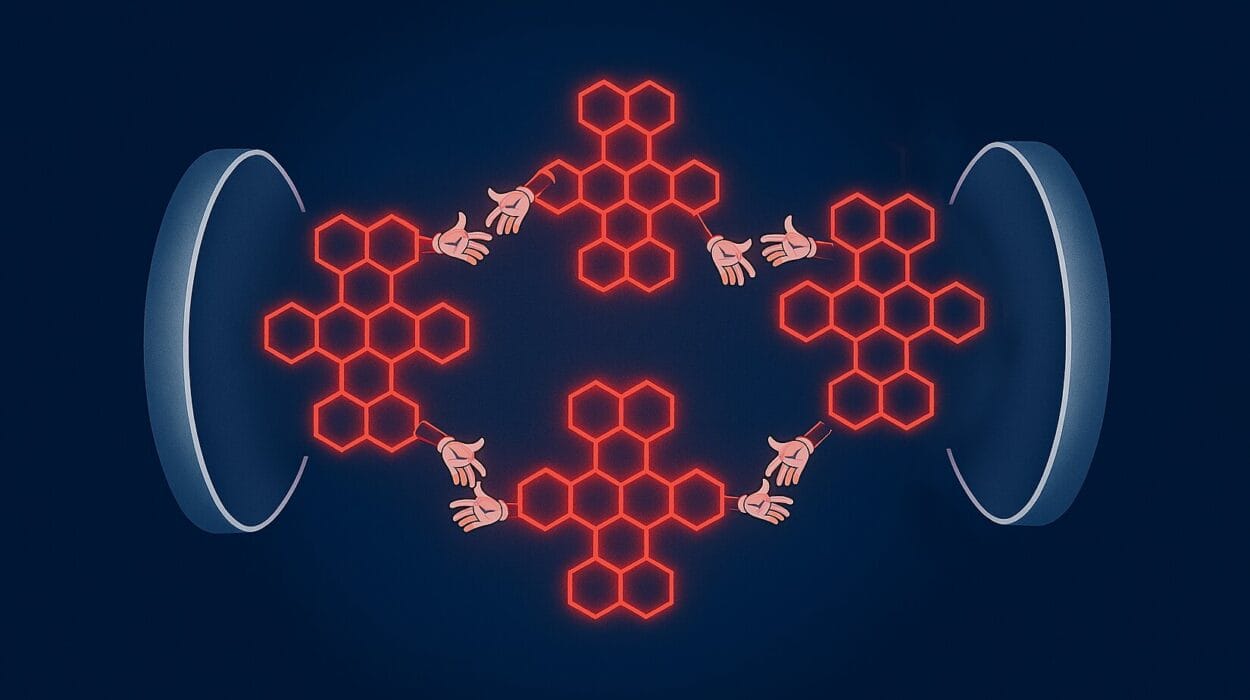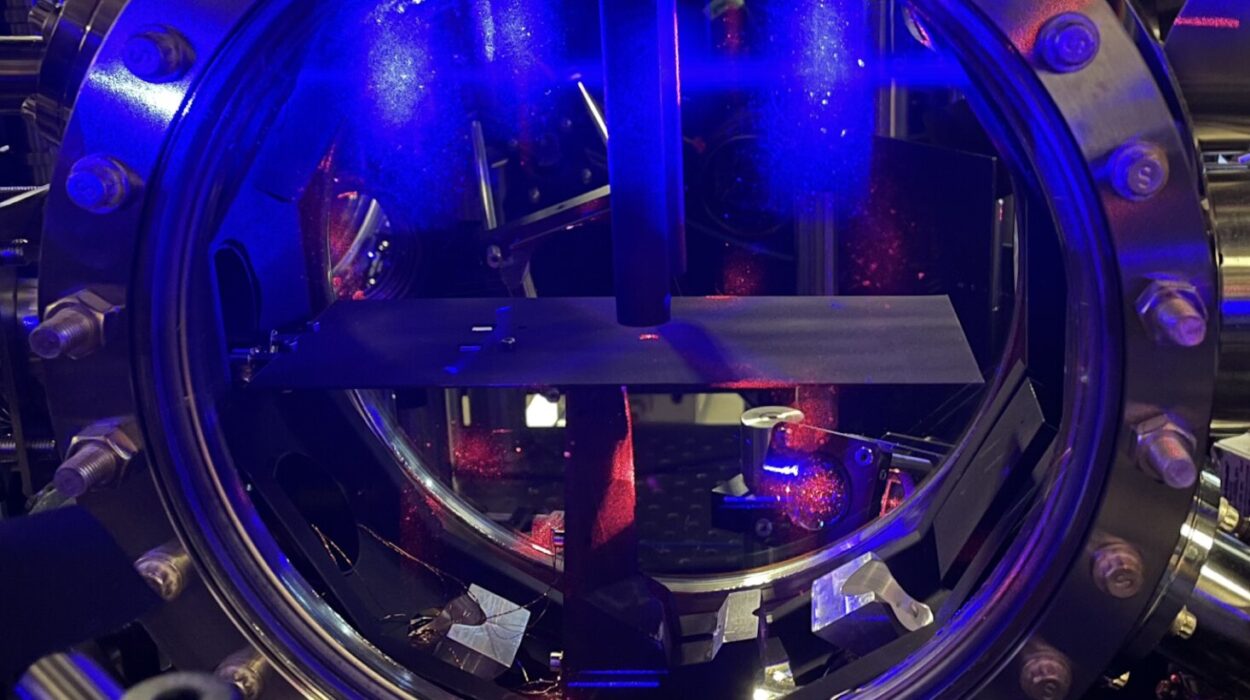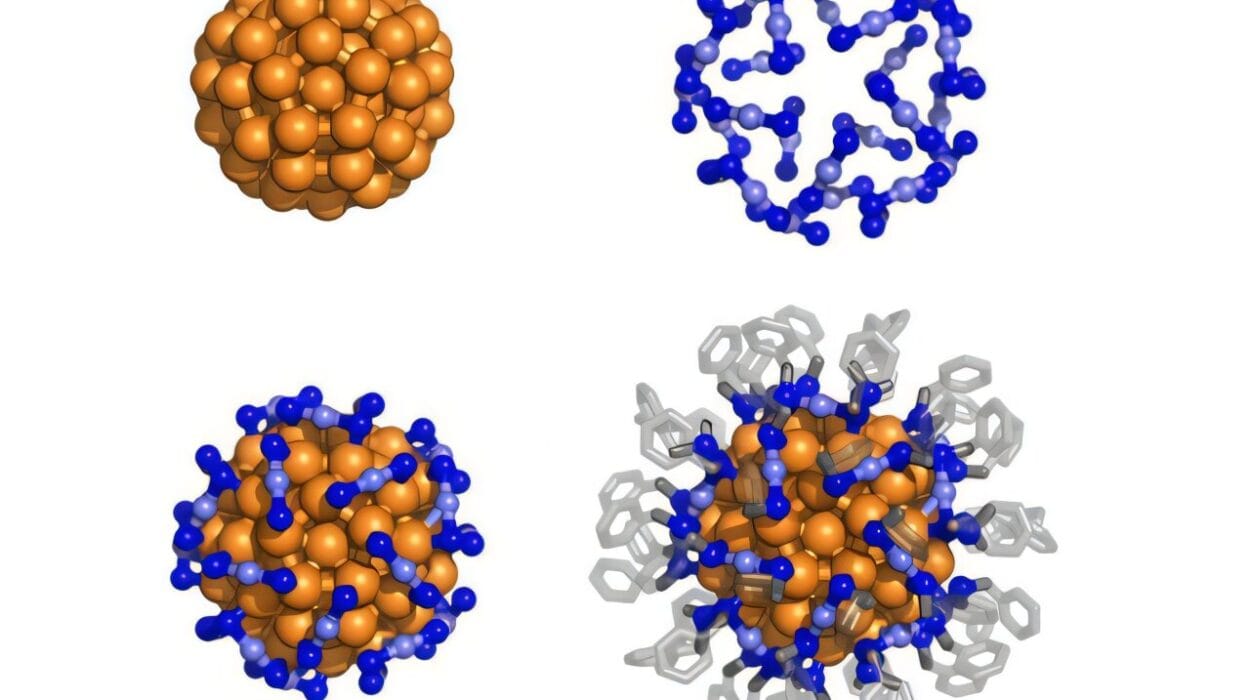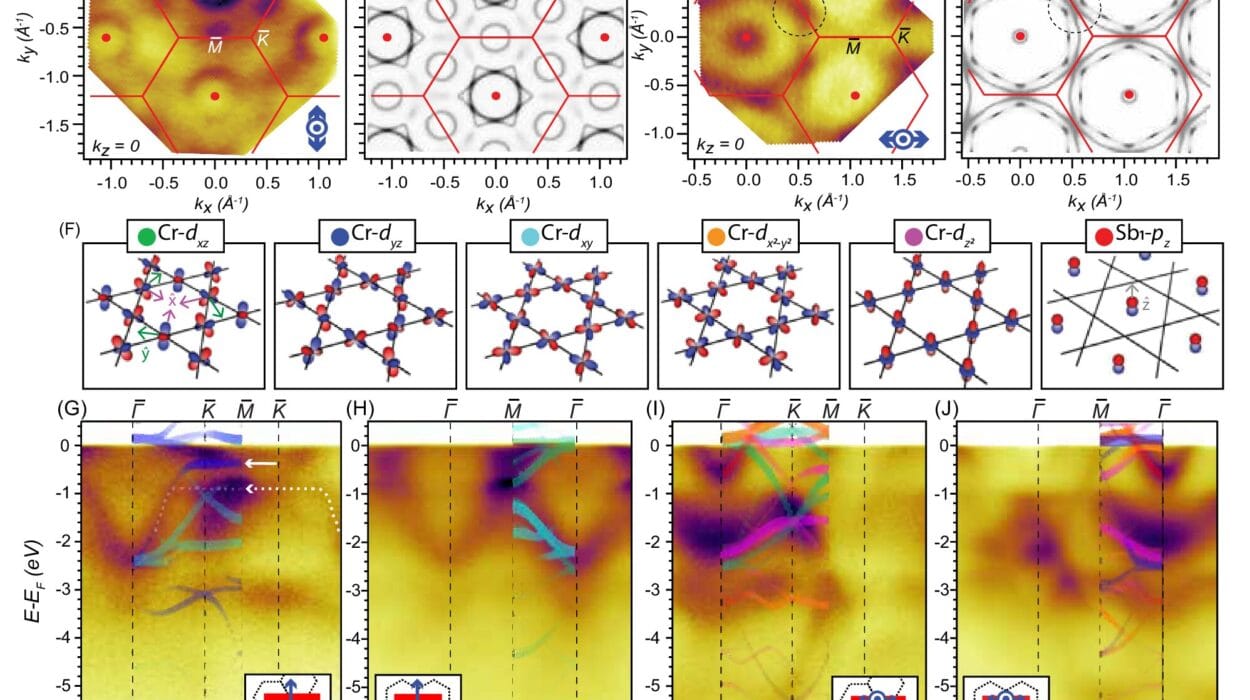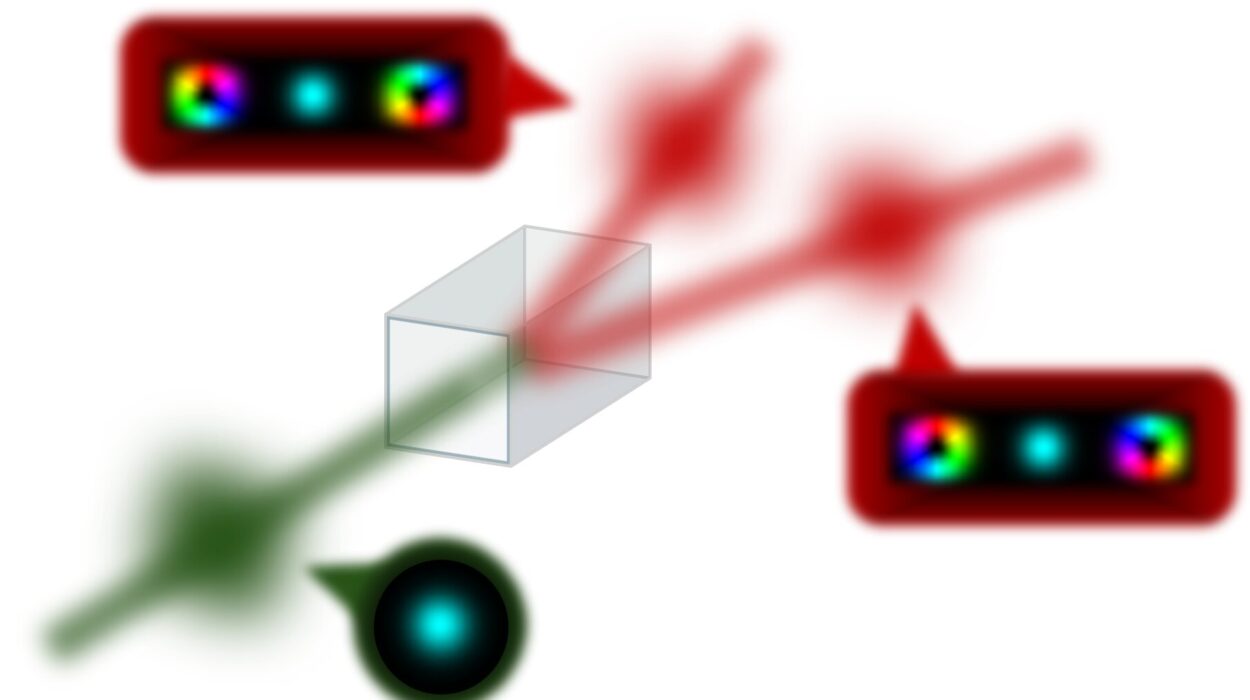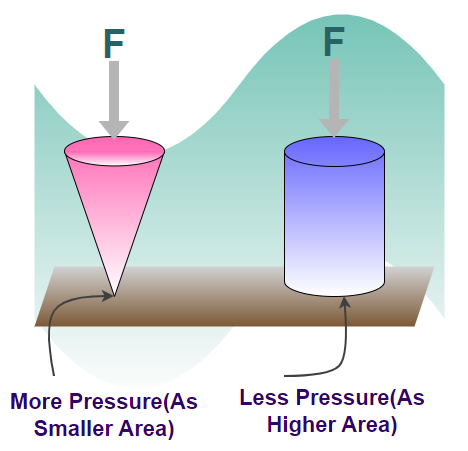Imagine a world where information travels not just faster, but unhackably. Where computers communicate across vast distances instantaneously, their messages untouched by interference or eavesdropping. This is not a distant fantasy — it’s the dream of quantum networking, the next great leap in communication technology.
Quantum networks are systems that connect quantum computers, quantum sensors, or other quantum devices through a phenomenon so strange it defies our everyday logic: quantum entanglement. When two particles are entangled, their states are linked, no matter how far apart they are. Change one, and the other responds instantly, as if distance doesn’t exist.
It’s a phenomenon that Albert Einstein once called “spooky action at a distance.” But today, it forms the foundation for a new era of communication — one that could revolutionize computing, timekeeping, cybersecurity, and even how we understand reality itself.
Yet, building these networks is a delicate art. The particles carrying quantum information — often photons, or particles of light — are easily disrupted. Maintaining entanglement across long distances without losing the signal is one of the greatest challenges in modern physics. And that’s exactly where the latest breakthrough from the University of Illinois at Urbana-Champaign comes in.
A New Kind of Quantum Light
A research team led by Professor Jacob P. Covey has achieved something extraordinary: they’ve demonstrated quantum networking using atoms of ytterbium-171 (¹⁷¹Yb) that emit light directly in the telecom wavelength — the same wavelength already used in today’s global fiber-optic internet.
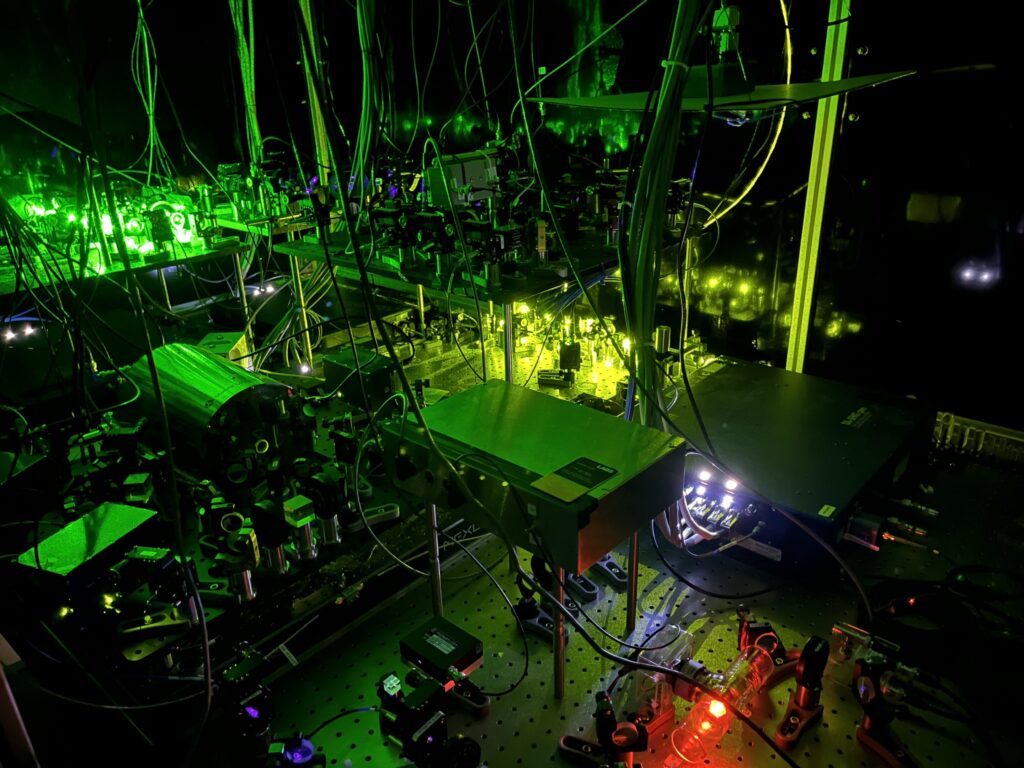
That may sound technical, but its implications are profound. Until now, most quantum networks have used atom-based qubits — the quantum equivalent of bits in traditional computing — that operate at visible or ultraviolet wavelengths. While effective at short ranges, these wavelengths don’t travel efficiently through the optical fibers that make up modern telecommunication systems.
To send these quantum signals long distances, scientists have had to convert them to telecom wavelengths. But that conversion process is messy. It reduces efficiency, introduces noise, and can even destroy the delicate quantum information being transmitted.
The Covey Lab’s breakthrough changes that equation entirely. By generating entangled photons already in the telecom band, they’ve eliminated the need for conversion — making quantum communication faster, cleaner, and far more scalable.
The Quantum Power of Ytterbium
Ytterbium might not be a household name, but in the quantum world, it’s something of a superstar. The isotope ytterbium-171 is already used in optical atomic clocks — the most precise timekeepers ever created — because of its long-lived and remarkably stable quantum states.
As co-author Xiye Hu explains, this stability makes ¹⁷¹Yb ideal for building quantum networks. The team discovered that the atom’s metastable state contains a transition at a wavelength of 1389 nanometers — right in the heart of the telecom band used for fiber-optic communication.
By exploiting this natural transition, Hu and her colleagues were able to generate time-bin encoded entanglement between a single atom and a telecom photon. In simple terms, they created a quantum handshake — a perfectly synchronized link — between matter (the atom) and light (the photon), in a wavelength optimized for long-distance travel.
This might sound like science fiction, but it’s very real. The photon, traveling through an optical fiber, carries the quantum information of the atom across potentially vast distances, while remaining entangled with its original source. In essence, the team built the first step of a truly quantum internet.
Parallelism: A New Design for Quantum Communication
The researchers didn’t stop at creating a single atom-photon link. They went a step further, arranging their ytterbium atoms into a one-dimensional array — a tiny, ordered line of atoms, each capable of generating its own entangled photon.
By imaging this atomic array onto a commercial fiber array, the team achieved something remarkable: parallelized quantum networking. Instead of entangling one atom at a time, multiple entanglement events could happen simultaneously across the array.
The result was uniform, high-fidelity entanglement with negligible interference between sites. This approach not only boosts efficiency but could lay the groundwork for scalable, multi-node quantum networks — systems capable of performing distributed quantum computations or linking atomic clocks across continents with nanosecond precision.
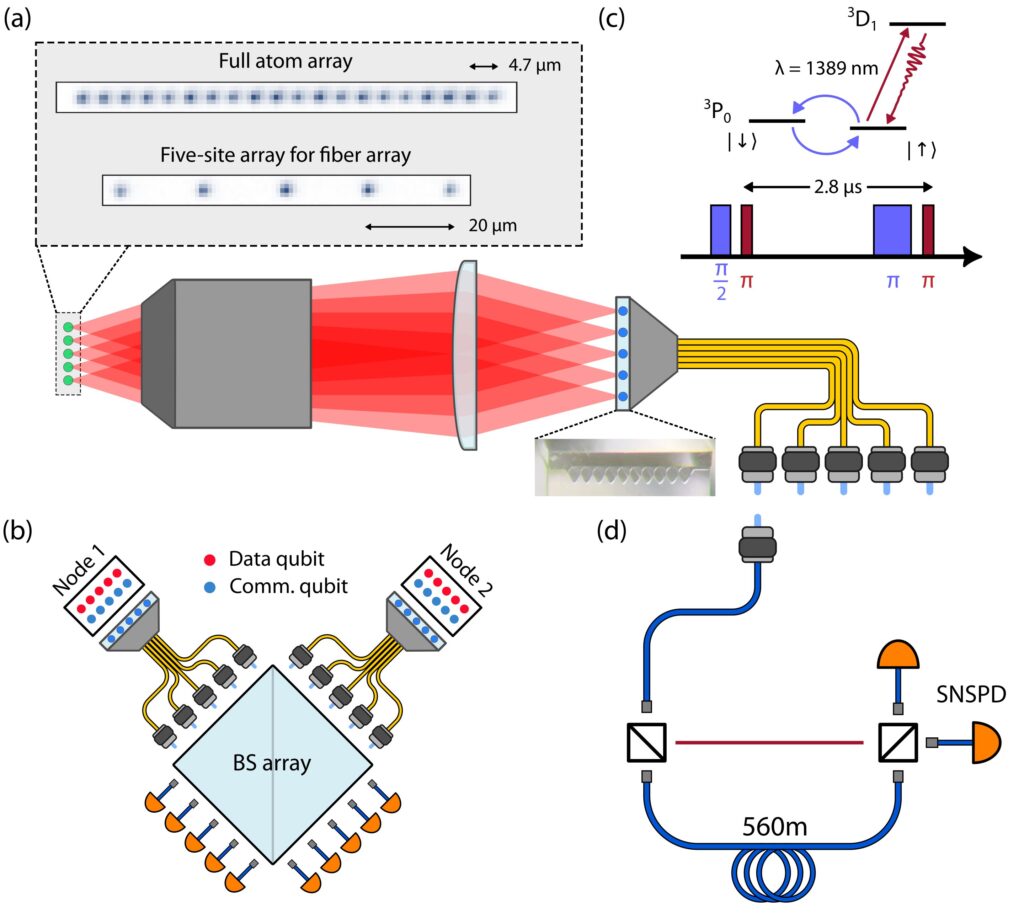
Hu describes this elegantly: “The fiber array does not introduce additional errors that hinder entanglement fidelity.” In other words, they’ve built a system where multiple quantum links can operate in harmony — the beginning of true quantum parallelism.
Overcoming Quantum’s Fragile Nature
Quantum information is incredibly fragile. The slightest environmental noise — a stray photon, a vibration, a thermal fluctuation — can destroy the entanglement, collapsing the quantum state.
To combat this, the Illinois team developed what they call a mid-circuit networking protocol. This technique allows the quantum processor to maintain coherence — the delicate state of quantum superposition — even while networking operations are being performed.
It’s a bit like keeping a conversation going on multiple phone lines at once, without any static or dropped calls. By preserving the integrity of data qubits during communication, this innovation allows for real-time quantum networking while computation continues uninterrupted.
The researchers also identified ways to push fidelity — a measure of entanglement quality — to astonishing new heights. They estimate that with technical upgrades, such as better control over atomic transitions and improved photon collection, they could achieve 99% fidelity. That’s near-perfect performance, a level once thought impossible in real-world conditions.
Towards the Quantum Internet
The vision behind this research stretches far beyond the lab. The team’s work represents a crucial step toward building a quantum internet — a global network that connects quantum computers and sensors across vast distances.
Such a network could enable instantaneous, ultra-secure communication, since any attempt to intercept quantum information would instantly destroy it. It could synchronize atomic clocks across the planet, revolutionize GPS and financial systems, and allow scientists to perform distributed quantum computing — multiple quantum processors working together as one.
In the Covey Lab’s next phase, they plan to go even further. The team is designing a second-generation ytterbium experiment that places the atom array inside a macroscopic confocal cavity, coated specifically for the 1,389-nm wavelength transition. This setup could increase photon collection efficiency by orders of magnitude, vastly boosting communication speed and reliability.
Eventually, they aim to entangle not just atoms and photons, but atoms with other atoms — either within a single apparatus or across distant labs. That would mark the birth of remote atom-atom entanglement, the true backbone of a distributed quantum network.
The Human Side of Quantum Discovery
Beyond the technical triumph, there’s something deeply human about this work. It’s a reminder that science is not just about equations and hardware — it’s about imagination, persistence, and the drive to connect.
Each tiny ytterbium atom in the Illinois experiment becomes a messenger of possibility. Through them, we’re learning to link not just machines, but worlds — to weave a network that could one day stretch across the planet and beyond.
The dream of quantum networking is, at its heart, a dream of unity. It’s about finding coherence in chaos, connection across distance, and meaning in the strange, invisible threads that bind the universe together.
The photons that hum quietly through a fiber-optic cable might soon carry more than information — they could carry the heartbeat of a new technological age.
A Glimpse into the Future
When we look at this research, we’re witnessing more than a technical achievement; we’re seeing the dawn of a new era. The same way classical networks once connected our computers, quantum networks will connect our realities — linking distant systems through the fundamental fabric of nature itself.
The work of Professor Covey, Xiye Hu, and their team is a testament to how far human ingenuity can reach when guided by curiosity and precision. They have not just improved quantum communication; they have brought us closer to a world where distance no longer limits connection, and where security and speed coexist in perfect harmony.
Someday soon, the quantum internet will no longer be an idea — it will be the backbone of civilization’s next leap. And when that happens, it will be because of the quiet light of atoms like ytterbium, glowing unseen at 1389 nanometers, carrying the whispers of the future through threads of light.
The Quantum Dawn
Every generation witnesses a moment when science turns imagination into reality. The birth of electricity. The first computer. The discovery of DNA. The realization of quantum networks may well be our era’s defining breakthrough — a convergence of physics, engineering, and vision that changes how we live, communicate, and think.
As researchers refine their techniques and expand their experiments, one truth becomes clear: we are standing at the threshold of the quantum dawn. The light that guides us forward is invisible to the human eye, but it illuminates a future brighter than ever before — one where information flows at the speed of entanglement, and connection knows no limits.
In the silent dance of ytterbium atoms and the flash of quantum photons, the story of tomorrow is already being written — in wavelengths of wonder.
More information: Lintao Li et al, Parallelized telecom quantum networking with an ytterbium-171 atom array, Nature Physics (2025). DOI: 10.1038/s41567-025-03022-4. On arXiv: DOI: 10.48550/arxiv.2502.17406
